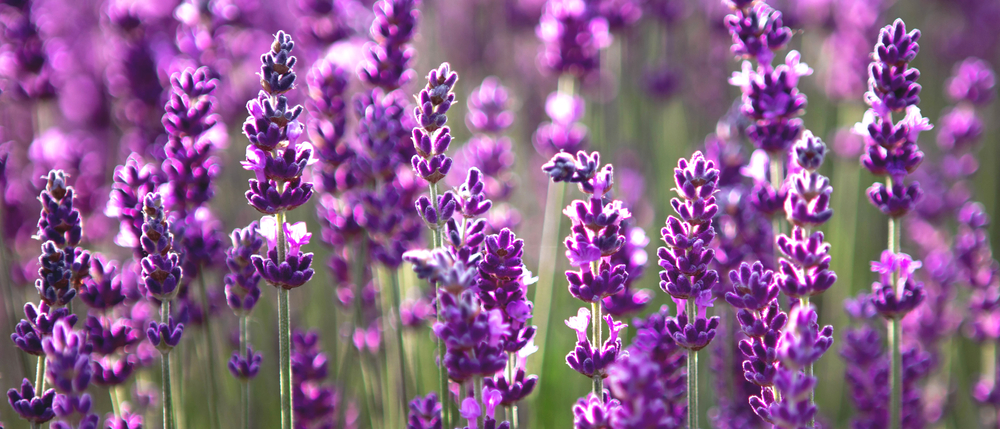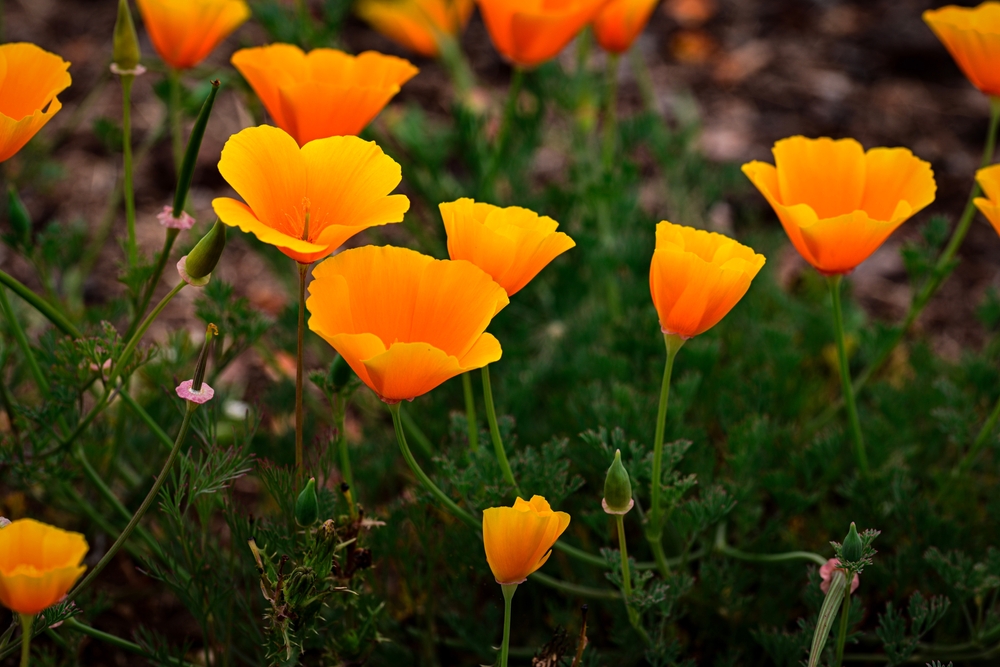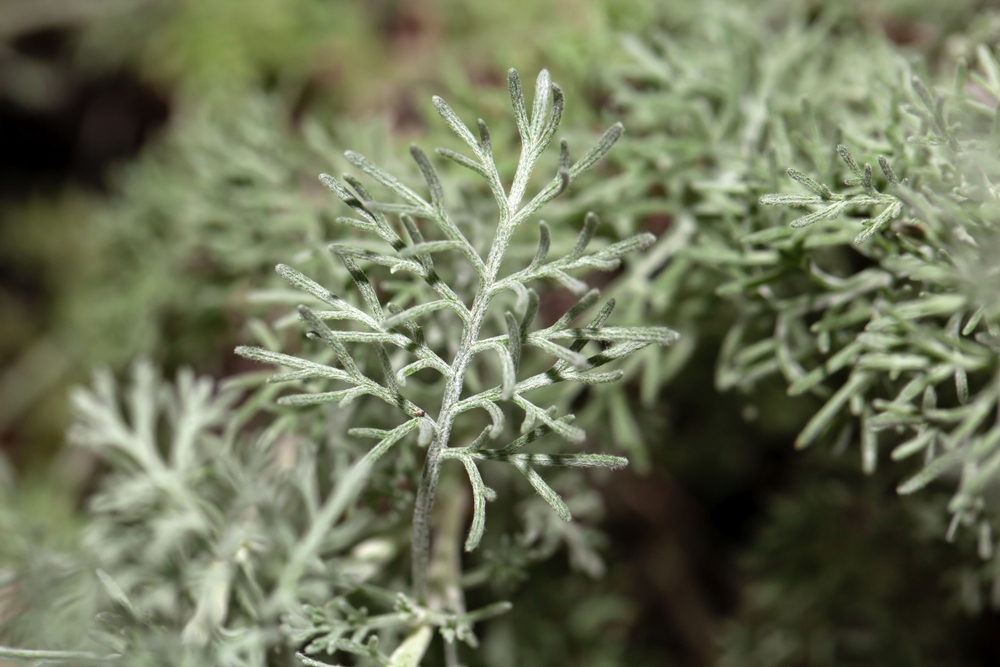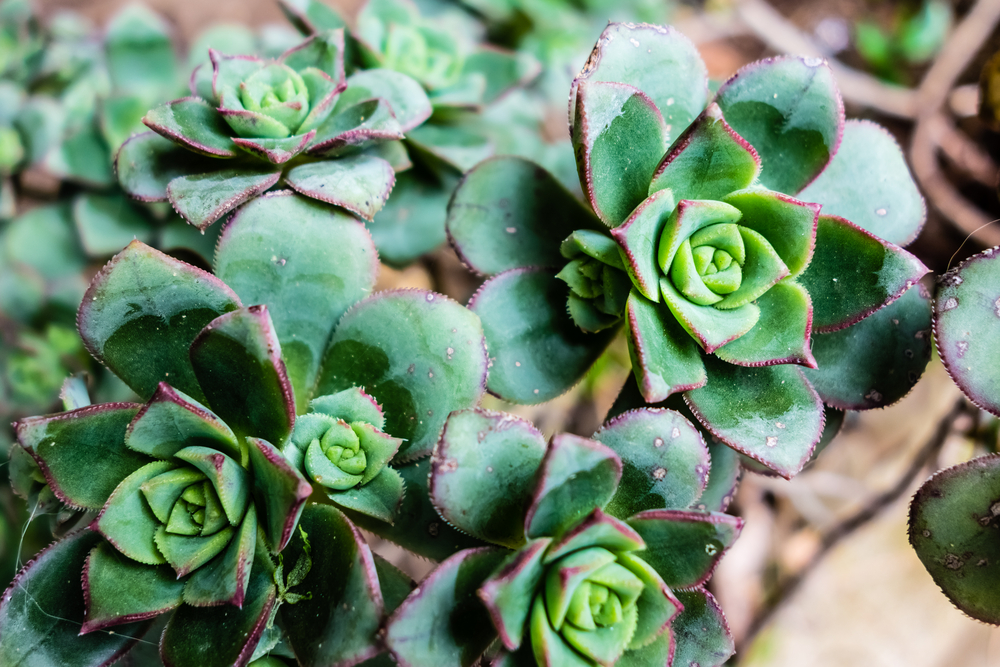11 Drought-Friendly Plants That Shine When Days Get Short
Short days and cooler weather can make outdoor spaces feel quiet, yet some plants stay lively even with limited light and very little water. These hardy picks keep their shape, color, and personality through fall and winter once their roots settle in. They bring steady texture, soft movement, and occasional blooms that brighten garden beds when most plants fade. If you want a simple way to keep your yard looking cared for during the driest months of the year, these long-lasting choices offer a dependable path forward.
This post may contain affiliate links, which helps keep this content free. Please read our disclosure for more info.
Lavender

Lavender holds its shape and color well once the weather shifts and the daylight shortens. The silvery foliage stays attractive through the cooler months, giving gardens a steady touch of texture when flowers from other plants fade. Its scent remains noticeable when brushed, which brings a pleasant surprise during quiet winter days. Once established, it needs very little care, which makes it a steady pick for dry areas.
In many regions, lavender keeps small hints of purple well into fall, adding soft color when nearly everything else turns dull. The stems stay upright and clean-looking, which helps beds and borders avoid a flat appearance. Gardeners value how dependable it feels through long stretches of dry weather. Its long life and steady form give outdoor spaces a calm look during short days.
Russian Sage

Russian sage stands tall with airy stems that stay interesting through late fall. The small blooms may taper off when colder days arrive, yet the silvery leaves still softly catch the light. This plant holds up well in dry soil after it settles in, which makes it suitable for drought-tolerant designs. Even without flowers, its structure keeps beds from looking empty.
During winter, the plant offers a gentle shimmer whenever sunlight hits the leaves. The stems form a loose, cloudlike pattern that adds movement to a resting garden. The soft hue makes it a natural fit near stone paths and gravel areas. Its quiet color helps create a peaceful space during the shortest days of the year.
Sedum Autumn Joy

Sedum Autumn Joy is known for its large clusters of late-season blooms that change from pink to a warm, deeper tone. These flowers stay upright even after frost, giving your garden reliable structure as the season winds down. Since this sedum thrives in dry soil, it handles the shift to cooler weather with ease. The thick stems and fleshy leaves keep their shape well.
Even when the blooms fade to a tawny shade, they remain attractive throughout winter. Many gardeners leave the dried heads in place because they bring depth to snowy beds. Birds may visit the seed heads, adding small flashes of movement when little else is happening. Its sturdy nature helps a garden feel settled rather than empty.
Yucca

Yucca offers dramatic, architectural lines that stay eye-catching all year. The sharp, swordlike leaves hold their form through dry spells, early frosts, and shorter days. This plant easily adapts to areas where watering is rare once its roots settle in. Its strong appearance helps anchor beds that require plants with lasting shape.
In winter, yucca stands tall while many plants collapse or shrink. The leaves may take on subtle color shifts that add interest to otherwise plain corners. Yucca pairs well with stones, gravel, and open spaces where its bold form can shine. Even without blooms, its presence gives a sense of structure during quiet months.
Rosemary

Rosemary stays green through fall and winter, which brings life to your garden when most plants fade. The needlelike leaves release a warm scent when touched, creating tiny moments of enjoyment on chilly days. Once established, rosemary thrives with very little water, making it a dependable drought-tolerant choice. Its tidy form works well in borders and containers.
During short, cool days, rosemary provides texture that never slumps. The woody stems hold up under light frost, and the plant often keeps a rich color even after long periods without sun. Birds and small insects may still explore the shrub on mild days. Rosemary keeps the garden from feeling bare, especially near entryways or patios.
California Poppy

California poppies bring cheerful color late into the season when the days grow shorter. Their blooms can persist in mild climates well into fall, especially in dry areas where they thrive. Even when the flowers pause, the feathery leaves remain soft and attractive. These plants handle long stretches without water after settling in.
During cooler months, the foliage forms low mounds that brighten garden beds with a soft blue-green tint. The delicate leaves move easily with light breezes, adding small bursts of movement. Even if blooms are limited, the plant brings a gentle glow to dry spaces. Its carefree nature keeps gardens from looking heavy or dull.
Agave

Agave offers bold form and long-lasting foliage that shines through the cold season. The thick leaves hold water inside, allowing the plant to thrive with very little care. This makes agave a great pick for gardeners seeking drought-tolerant plants that look impressive even when daylight fades. The symmetrical shape works well in both large and small spaces.
During winter, agave provides a sculptural focal point when flowers are scarce. The leaves may show subtle color bands that become more noticeable in low-angle light. Because it keeps its form through nearly any dry period, agave brings a dependable presence to patios, walkways, and rock gardens. Its dramatic look helps tie a winter garden together.
Red Hot Poker

Red hot poker plants provide tall, torchlike blooms that often linger late into fall. Even when the blooms are gone, the grassy foliage remains tidy and upright. These plants manage dry soil with ease and continue to bring life to outdoor spaces as days shorten. Their presence keeps borders interesting well past summer.
In winter, the leaves create gentle arches that soften stone paths and beds. The dried flower stalks can stay in place as natural winter accents. Their unique form draws the eye during a season when shapes matter more than color. Red-hot poker plants help maintain energy in a garden even during the cold, low-light months.
Coneflower

Coneflowers are known for their summer blooms, yet their dried seed heads offer visual interest through winter. Once the flowers fade, the dark cones remain upright, adding depth to the garden during shorter days. Coneflowers thrive in dry soil and require little water after they settle in. Their strong stems keep the seed heads in place well into winter.
Birds appreciate the leftover seeds, creating moments of movement in an otherwise quiet garden. The plant’s structure stands firm through frost and light snow, adding a sculptural quality to borders. While the flowers may rest, the plant still brings character to outdoor spaces. Coneflowers help a winter garden feel alive without extra care.
Sagebrush

Sagebrush carries a silvery tone that brightens dry areas even when the days are short. The plant’s scent lingers in the cool air, adding a natural touch to winter spaces. Sagebrush thrives in dry conditions and remains steady once established. Its airy branches help soften harsh edges in a garden.
During winter, the soft color of the foliage reflects the low sunlight gently. The plant’s loose structure blends well with gravel and stone pathways. Even without blooms, sagebrush keeps a calm presence. It offers steady appeal during the cooler months with almost no watering needs.
Hens and Chicks

Hens and chicks form tight rosettes that stay attractive through fall and winter. The thick leaves hold moisture, which makes them suitable for dry conditions with minimal care. Their shapes remain crisp and tidy during the short days of winter. This plant fits well in rock gardens and containers where form matters.
During colder months, the rosettes may change color slightly, adding soft reds or purples to the garden. The clusters grow slowly and charmingly fill gaps between stones. Even without blooms, hens and chicks create small pockets of interest. They bring structure and steadiness when other plants have faded.
This article originally appeared on Avocadu.
